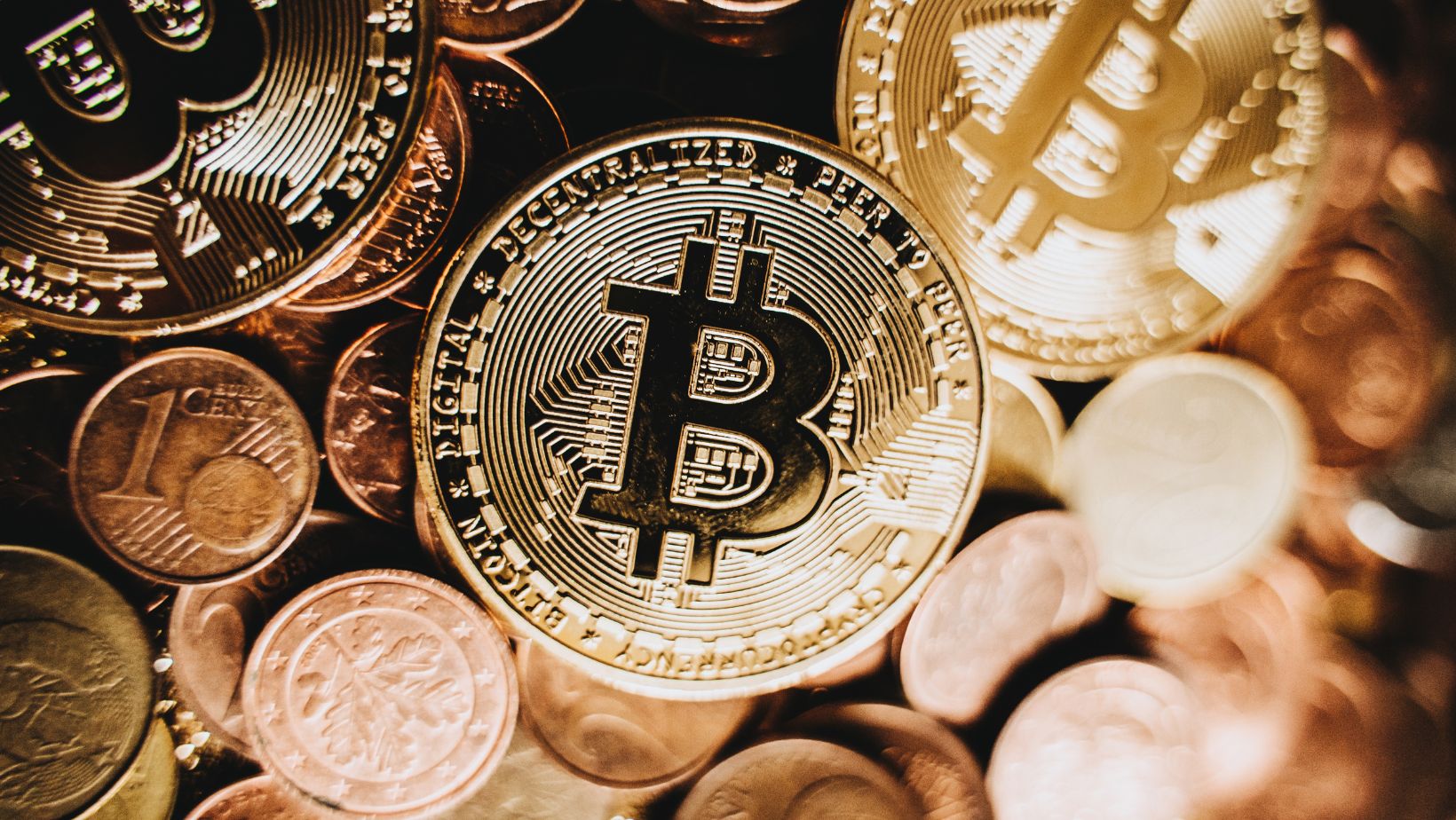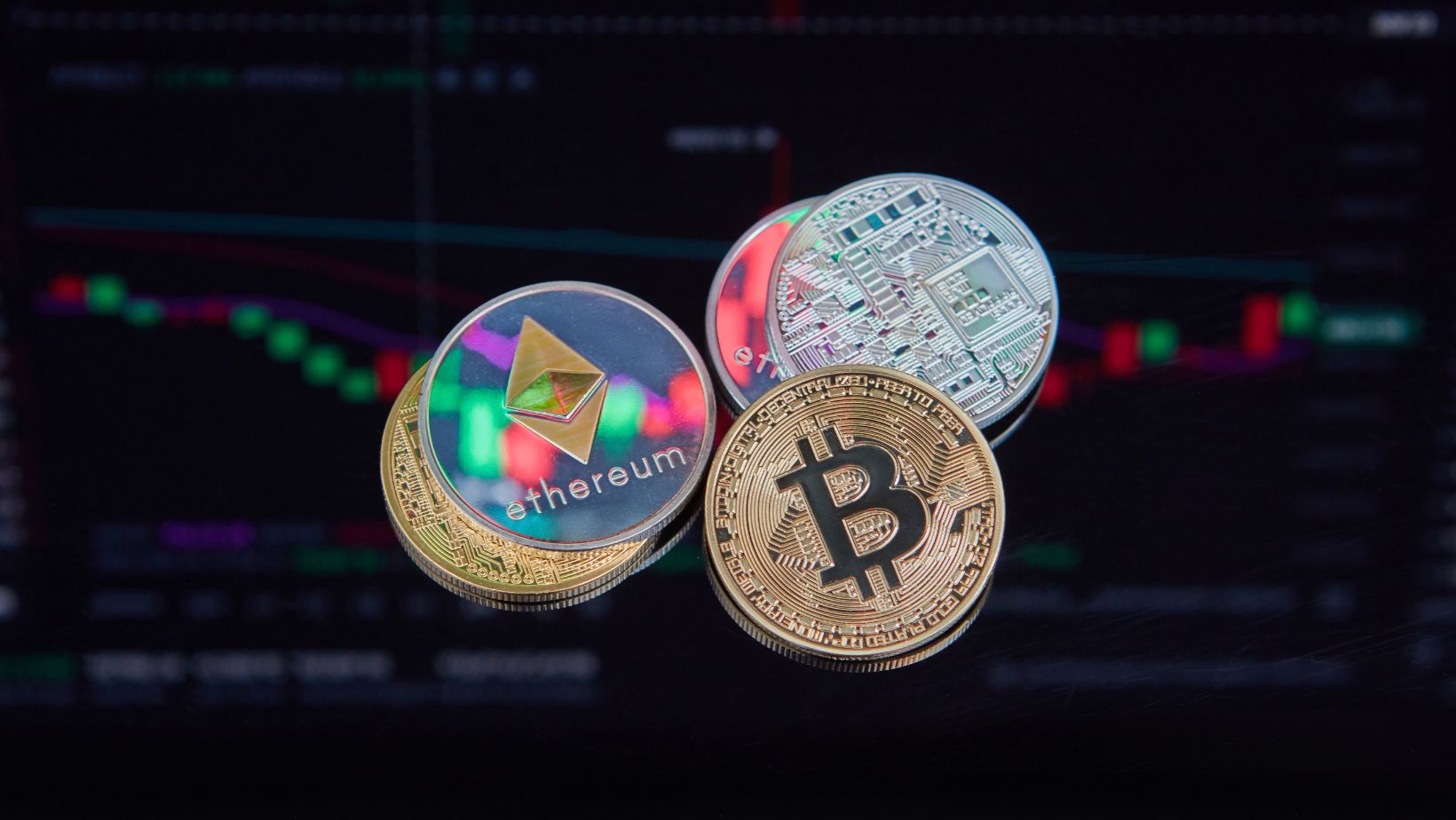Cryptocurrency has its own language, filled with terms that might seem confusing to beginners. Whether you’re trading Bitcoin, exploring altcoins, or simply learning about blockchain, understanding common crypto jargon can help you navigate the space with confidence.
Even when converting USD to BTC, you may come across unfamiliar terms in exchange platforms, crypto forums, or social media discussions. This guide breaks down the most popular crypto terms in a simple and easy-to-understand way.
1. HODL (Hold On for Dear Life)
HODL is one of the most well-known crypto terms. It originated from a misspelled word for “hold” in a Bitcoin forum post back in 2013. Instead of selling Bitcoin or other cryptocurrencies when prices drop, HODLers keep their assets long-term, believing in their future value. Today, HODL is used to describe an investment strategy focused on patience rather than quick profits.
2. FOMO (Fear of Missing Out)
FOMO is the anxiety of seeing others profit from an investment and feeling the urge to jump in before it’s too late. In crypto, it happens when prices are rising rapidly, and traders rush to buy without proper research. Unfortunately, FOMO often leads to buying at the highest price and suffering losses when the market corrects.
3. FUD (Fear, Uncertainty, and Doubt)
FUD refers to the spread of negative information that causes panic among investors. It can come from media reports, influential figures, or even false rumors designed to manipulate the market. Experienced traders learn to recognize FUD and make decisions based on facts rather than emotions.
4. DYOR (Do Your Own Research)
DYOR is a golden rule in crypto investing. It means you should never rely solely on someone else’s advice when buying or selling cryptocurrencies. Instead, research the project, check its team, read its whitepaper, and analyze its market performance before making any investment decisions.
5. Whale
A whale is a person or entity that holds a large amount of cryptocurrency. Because they control significant portions of a coin’s supply, their buying and selling actions can cause major price movements.

When whales make big trades, they can create market waves that impact smaller investors. Investors often track SOL to USD to monitor significant price movements and assess market trends influenced by large transactions or whale activity. Staying informed about these changes is essential for making well-timed investment decisions.
6. Pump and Dump
Pump and dump is a market manipulation strategy where a group of investors artificially inflates a cryptocurrency’s price by promoting it aggressively (pumping). Once the price reaches a peak, they sell their holdings, causing the price to crash (dumping). New traders who bought in late often end up with losses.
7. ATH (All-Time High) and ATL (All-Time Low)
ATH refers to the highest price a cryptocurrency has ever reached. ATL is the lowest price ever recorded. Investors pay attention to these levels when analyzing market trends and making trading decisions.
8. Bag Holder
A bag holder is someone who continues to hold a cryptocurrency even after its value has dropped significantly. They either hope for a price recovery or refuse to sell at a loss. In many cases, bag holders end up stuck with worthless tokens from failed projects.
9. Gas Fees
Gas fees are transaction fees paid to blockchain miners or validators. They are most commonly associated with Ethereum, where fees fluctuate based on network congestion. When many people use the network, gas fees increase, making transactions more expensive.
10. Smart Contracts
Smart contracts are self-executing contracts with the terms written into code. They run on blockchain networks like Ethereum and automatically complete transactions when conditions are met. These contracts eliminate the need for middlemen and ensure transparency.
11. DeFi (Decentralized Finance)
DeFi refers to financial services built on blockchain technology, allowing people to lend, borrow, trade, and earn interest without traditional banks. Popular DeFi platforms include decentralized exchanges (DEXs), lending protocols, and yield farming programs. On some DEXs, users can even swap tokens like DOGE to USD equivalents through stablecoin pairs, all without needing a centralized intermediary.
12. Staking
Staking is the process of locking up cryptocurrency in a blockchain network to support its operations and earn rewards. It is commonly used in proof-of-stake (PoS) cryptocurrencies like Ethereum and Solana. Staking can be a way to generate passive income in crypto.
13. NFT (Non-Fungible Token)
NFTs are unique digital assets stored on a blockchain. They represent ownership of art, music, collectibles, and more.

Unlike cryptocurrencies like Bitcoin, NFTs cannot be exchanged one-to-one because each NFT has its own distinct value.
14. Rug Pull
A rug pull is a scam where developers of a cryptocurrency project suddenly disappear after collecting investors’ money. These scams often happen in new projects with little transparency. That’s why DYOR is essential before investing in any crypto project.
15. 51% Attack
A 51% attack happens when a single group gains control of more than 50% of a blockchain network’s mining power. This allows them to manipulate transactions, reverse payments, or even double-spend coins. While rare, such attacks are a risk for smaller blockchain networks.
Stay Informed, Stay Ahead
Understanding crypto jargon helps you make smarter decisions in the world of digital assets. Whether you’re buying, selling, or holding, knowing these terms will improve your confidence and ability to navigate the crypto market.
As the industry evolves, new terms will emerge. Keep learning, stay informed, and most importantly—always do your own research before making any investment moves.
